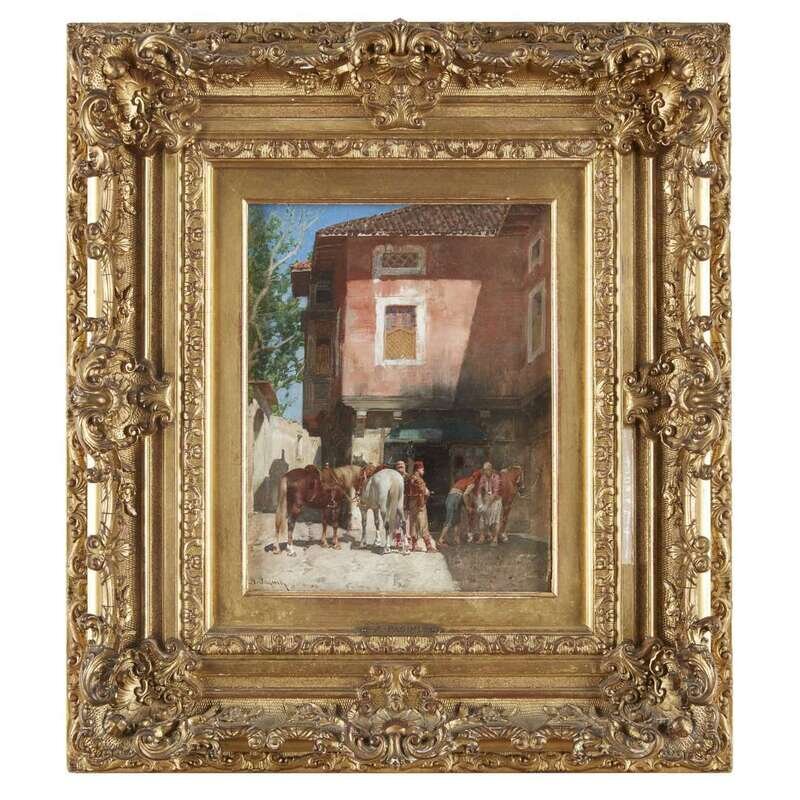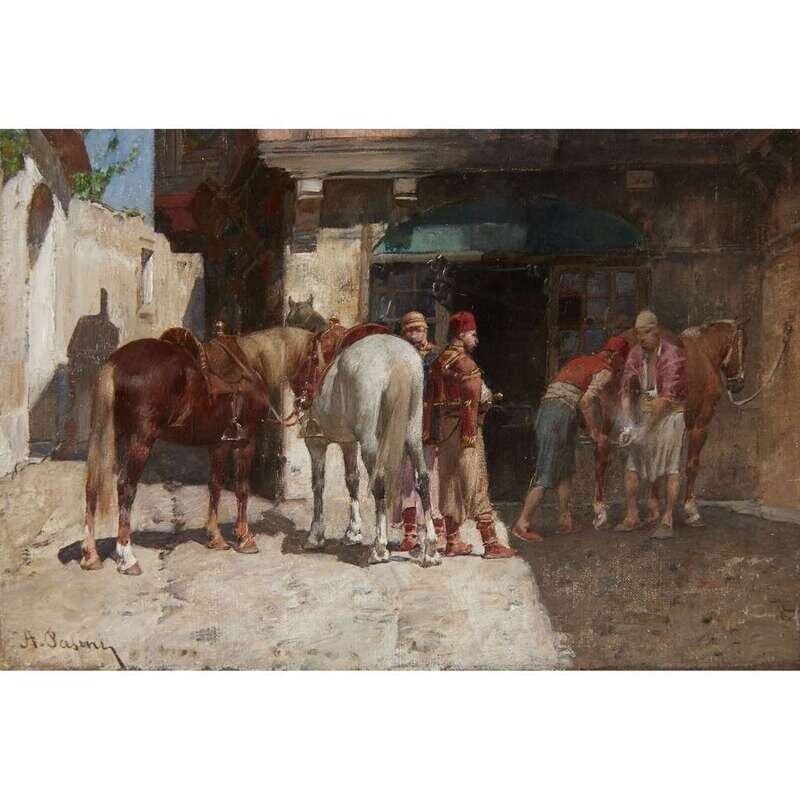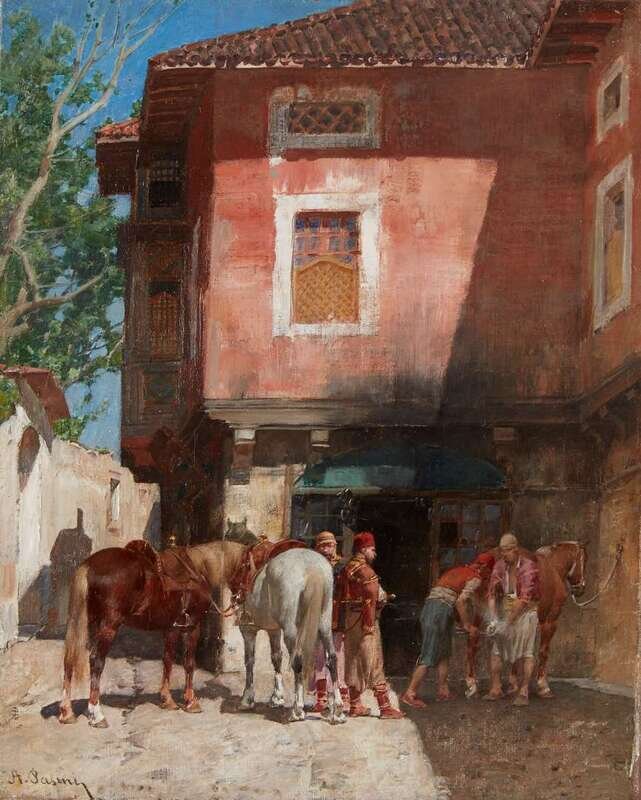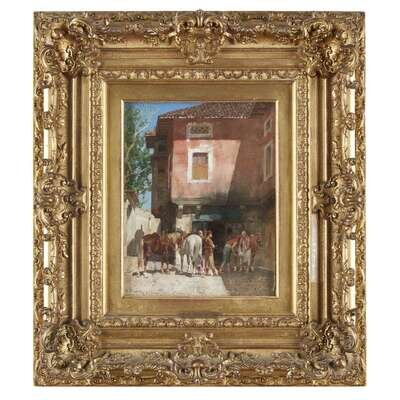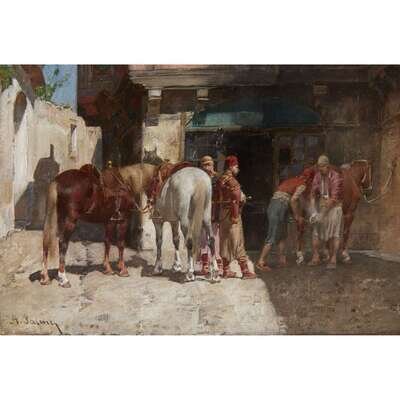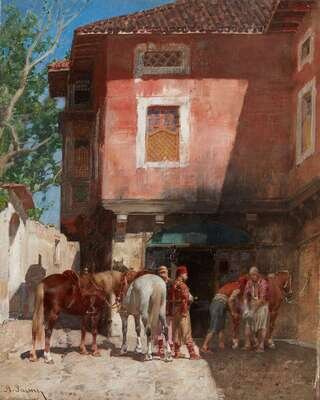Condition Report
Contact Information
Lot 14
ALBERTO PASINI (ITALIAN 1826-1899) THE BLACKSMITH'S COURTYARD
Sale 5353 - European Art & Old Masters: 500 Years
Feb 27, 2019
7:00AM ET
Live / Philadelphia
Own a similar item?
Estimate
$25,000 -
40,000
Price Realized
$31,250
Sold prices are inclusive of Buyer’s Premium
Lot Description
ALBERTO PASINI (ITALIAN 1826-1899) THE BLACKSMITH'S COURTYARD
